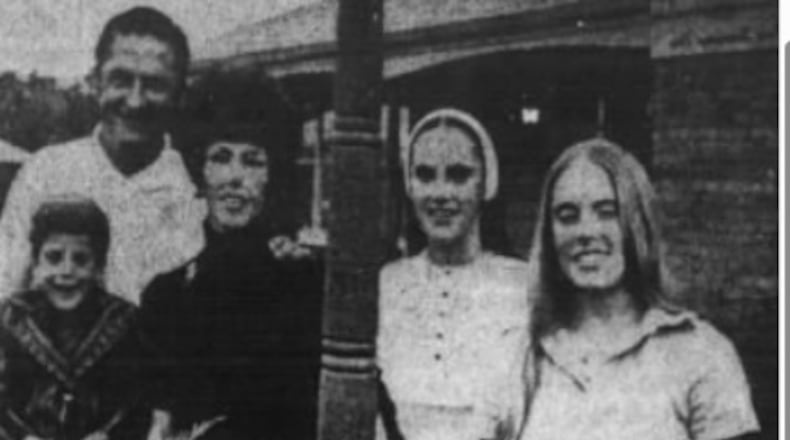“Mention Carle’s name anywhere in Dayton and there is usually an immediate reaction of either outrage or praise,” a Sept. 17, 1972 Dayton Daily News profile of Carle said. “His name is synonymous with busing, integration, middle schools, teacher transfer and individually guided education.”
In the late 1960s and early 1970s, the U.S. was still reeling from the death of Martin Luther King Jr. in 1968 and the Brown v. Board of Education decision in 1954, which ordered schools to be integrated. In Dayton, there was a sharp divide between West Dayton, which is still mostly Black, and East Dayton, populated mostly by white people. The district would bus white kids living on the West Side to East Dayton schools, and vice versa.
In 1976, a federal judge ordered Dayton to desegregate. The effects of the attempts to desegregate the city and the violence and division from that period are still felt in the city today.
Most shockingly, a professor from Ohio State University helping to design the desegregation plan was shot dead in his office in downtown Dayton in 1975.
This was the era that Carle began to integrate Dayton’s public schools. Carle was such a controversial figure that several conservatives, elected to the school board in 1972, campaigned against his policies.
“It felt like we were on the front lines of the segregation fight there,” said Carle’s son, David Carle.
David Carle said the family hung an American flag on the porch during the March on Washington.
“At that time, it provoked taunts from neighbors, but it was the right thing to do and says so much about who Dad was,” David Carle said. “He showed that kind of courage and vision throughout his life, and it was especially evident through those difficult and overdue reforms in Dayton.”
Carle was also the first superintendent to introduce middle schools in Dayton Public, according to Dayton Daily News archives. While no longer controversial, it was at the time.
Originally from Wyoming, Carle graduated from high school in Utah in 1948. He earned bachelor’s and master’s degrees from Brigham Young University and received a Ph.D. from Ohio State University.
He was later a superintendent in Hammond, Indiana, from 1973 to 1975, then vice president of Texas Southern University in Houston from 1975 to 1986. He was assistant superintendent and then superintendent of the Jefferson County School District in Colorado from 1987 to 1997, when he retired.
About the Author



